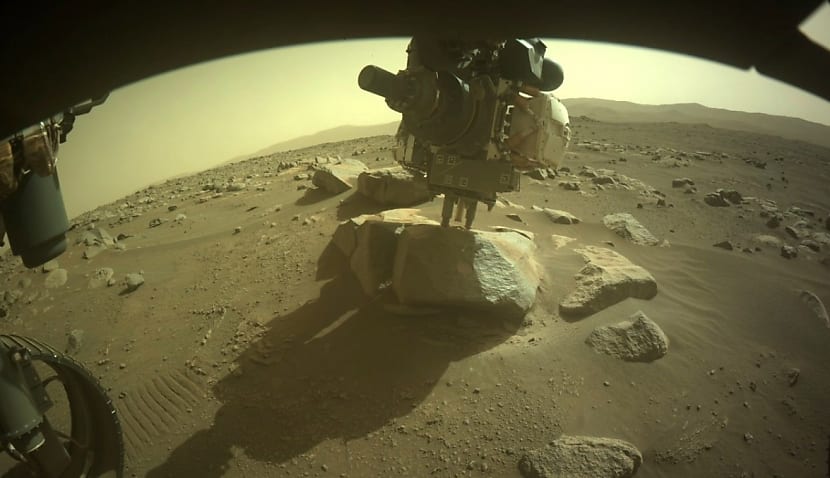It follows the US space agency sending a team of scientists to Western Australia last year to examine fossils, which it hoped would help the organisation with its bold plan.
At a conference in Texas last week, the principal scientist of the Mars Sample Return (MSR) mission said the Perseverance rover had now filled 26 of its 43 sample tubes.
Meenakshi Wadhwa added that researchers are now planning the next phase of the rover’s movements, which could include travelling to the crater rim, which contains “an incredible diversity” of rocks.
Of the 26 tubes, 20 now contain rock cores, two regoliths (effectively soil), and another a sample of Mars’ atmosphere.
However, last year, an independent review said the MSR architecture had an “unrealistic” budget and schedule. NASA subsequently commissioned a team to evaluate alternative approaches, with a decision now expected as soon as next month.
Lindsay Hays, acting lead scientist for MSR, insisted last week the project is still “one of the highest priorities in the past two decadal surveys”.
In 2023, some of NASA’s most senior scientists travelled to the Pilbara region of Western Australia to examine its perfectly preserved “stromatolites” – thought to have been created by some of the earliest forms of life 3.5 billion years ago.
Eric Ianson, director of NASA’s Mars Exploration Program at NASA Headquarters in Washington, later said, “This science expedition was a great opportunity for NASA to work with our international partners to study the ancient Earth as it relates to Mars, which may have had a similar past.
“The more we learn about our planet’s evolution, the more we can apply that knowledge to our characterisation of the Red Planet.”
NASA added that the international delegation spent the weeklong expedition to the Pilbara considering the difficulties of locating fossil evidence and how its missions use techniques, including making detailed contextual measurements, to overcome these challenges.
Discussions centred on the difficulty of finding and confirming signs of past life in ancient rocks, even on a planet like Earth, where life is known to have gained a foothold.

Adam Thorn
Adam is a journalist who has worked for more than 40 prestigious media brands in the UK and Australia. Since 2005, his varied career has included stints as a reporter, copy editor, feature writer and editor for publications as diverse as Fleet Street newspaper The Sunday Times, fashion bible Jones, media and marketing website Mumbrella as well as lifestyle magazines such as GQ, Woman’s Weekly, Men’s Health and Loaded. He joined Momentum Media in early 2020 and currently writes for Australian Aviation and World of Aviation.

